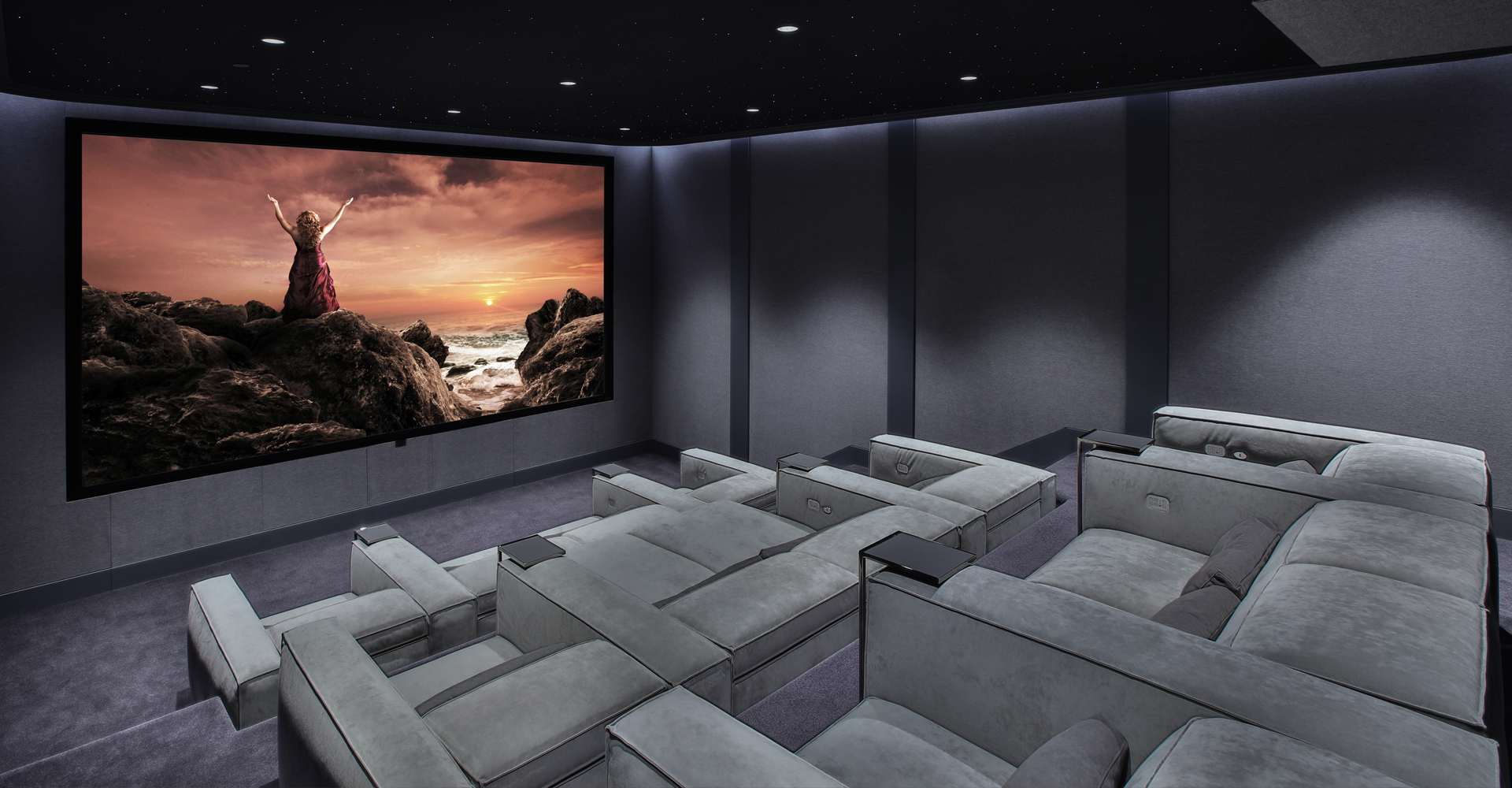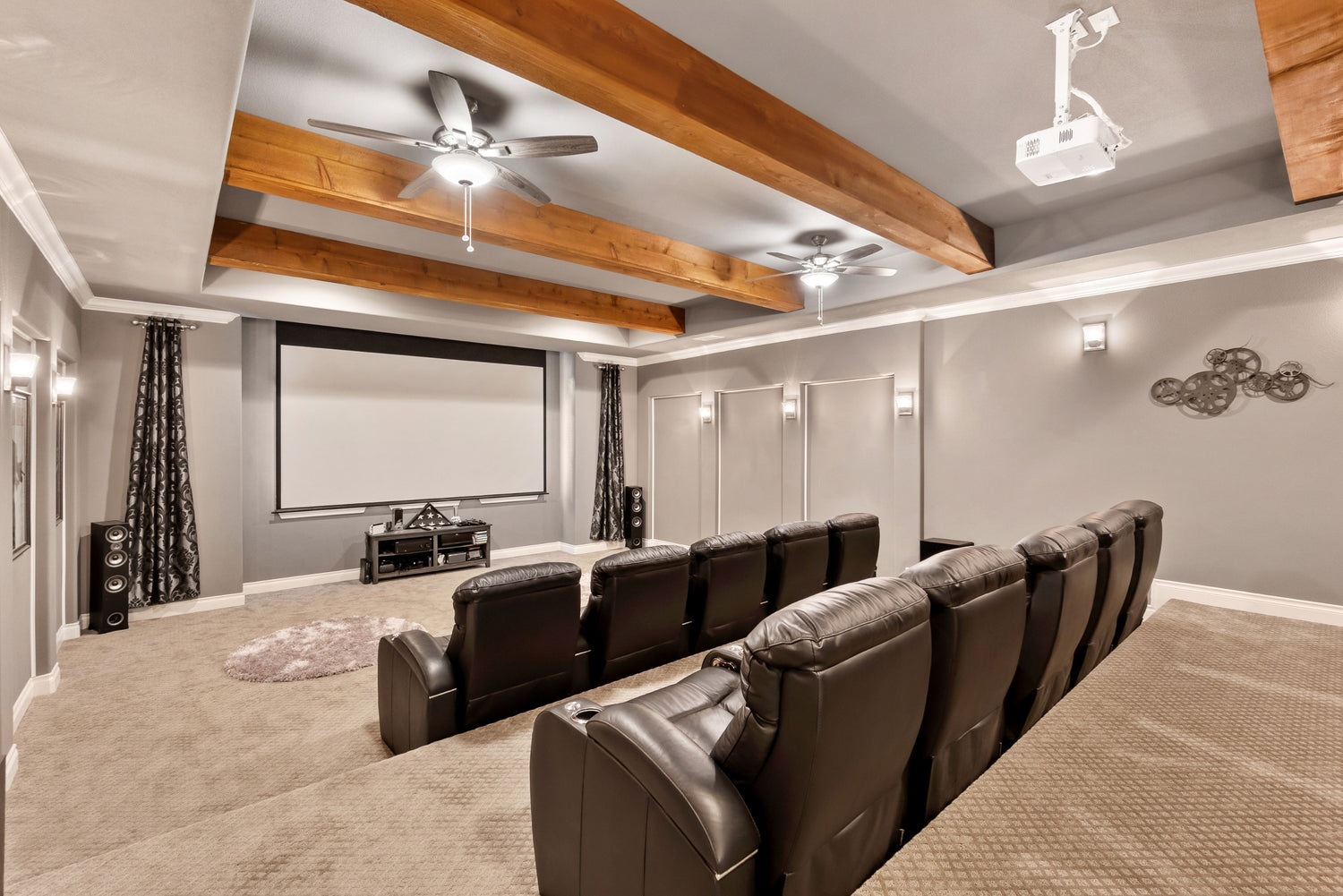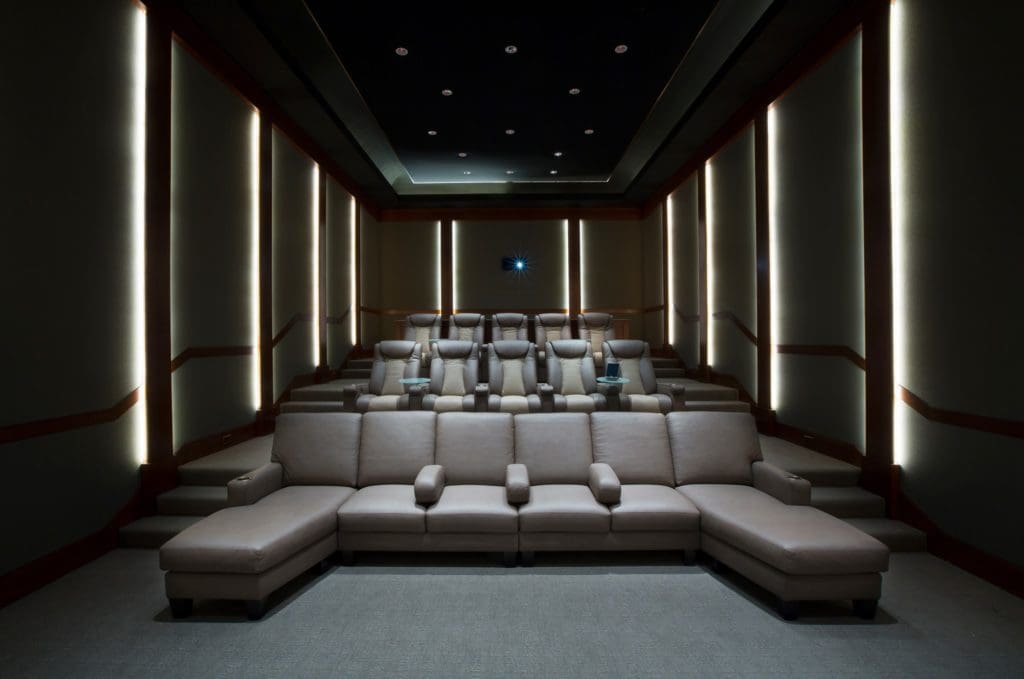Home Theater Tampa: Bringing Cinematic Experiences Right to Your Door
Home Theater Tampa: Bringing Cinematic Experiences Right to Your Door
Blog Article
Home Theater 101: Whatever You Need to Know for a Cinematic Experience in your home
Creating a home theater that matches the motion picture experience of a commercial theatre entails cautious factor to consider of several components, including display option, audio systems, and area design. Each component plays a pivotal role in accomplishing the wanted ambiance and performance. Whether you are considering the perfect screen dimension or the details of surround sound, comprehending these basics is crucial. As we discover these crucial elements, it ends up being noticeable that the options made can dramatically impact your overall viewing experience, leaving one to consider exactly how these decisions will certainly shape your personal cinema.
Selecting the Right Screen
When setting up a home cinema, selecting the right display can make or damage the viewing experience - home theater design tampa. The screen functions as the centerpiece of your arrangement, affecting picture high quality, viewing angles, and total aesthetic. Secret elements to think about consist of screen size, kind, and resolution
Initially, identify the suitable display size based on your space measurements and seating distance. A basic standard is to rest roughly 1.5 to 2.5 times the angled screen size for optimum viewing. Next off, choose in between various screen types, such as fixed-frame, mechanized, or retracting screens, each offering distinctive benefits. Fixed-frame displays usually provide the most effective image high quality, while mechanized alternatives permit versatility precede usage.
Resolution is another important factor. For a truly immersive experience, consider a screen created for 4K or perhaps 8K material, ensuring sharpness and clarity. Furthermore, take into consideration the screen's gain, which influences brightness and comparison; a greater gain can boost illumination in well-lit areas, while a lower gain may be preferable for darker environments.
Choosing Audio Equipment
Audio equipment is a critical component of any type of home movie theater system, significantly enhancing the overall viewing experience. The option of audio equipment can determine the depth, clarity, and immersion of sound, vital for developing a motion picture ambience.
When picking audio equipment, consider a surround stereo, which usually consists of a receiver, numerous audio speakers, and a subwoofer. A 5.1 or 7.1 channel system is advised, where the very first number stands for the audio speakers and the 2nd the speaker, supplying an immersive soundscape. The receiver is the heart of the system, managing audio and video signals, and should support contemporary formats like Dolby Atmos for an enhanced spatial experience.
Quality speakers are essential; try to find versions that offer a balanced noise account with excellent bass action. Floor-standing audio speakers can create richer audio, while shelf alternatives save space. In addition, consider cordless choices for simplicity of installment, although wired systems often supply premium performance.

Optimal Seating Arrangements
Producing a suitable home cinema experience pivots significantly on optimal seating arrangements. The setup of seats plays an essential duty in both comfort and viewing top quality, straight influencing the total motion picture experience.
First, think about the screen dimension and watching range. A common standard is to place seats at a range about 1.5 to 2.5 times the angled size of the screen. This ensures an immersive experience without straining the eyes.
Next, elevation is important. The back rows ought to be higher than the front to stay clear of obstructions if your seats is in a tiered layout. For level seating, make certain that the front row is not as well near the display, and that every person has a clear view.
Additionally, think about the arrangement in regards to social dynamics. Team seats can improve the communal experience, while specific seats may be chosen for personal viewing.

Last but not least, prioritize convenience with ergonomic seating that sustains extensive watching durations. Incorporating recliner chairs or supported seats can dramatically boost the experience, making the home theater a favored location for both entertainment and relaxation.
Lighting and Setting
Effective illumination and atmosphere are vital parts of a properly designed home theater, as they significantly hop over to here influence the seeing experience. The best illumination can boost the cinematic feel, while bad choices can interfere with it. For ideal outcomes, take into consideration a layered lighting method that consists of ambient, task, and accent lights.
Ambient lighting offers general illumination, making certain that the space is not totally dark, which can strain the eyes. Dimmer switches are extremely advised, permitting modifications based on the material being watched. Task lighting, such as wall sconces or flooring lamps, provides practical illumination for activities like analysis or navigating the area without interrupting the general atmosphere.
Accent lighting can be used to highlight architectural features or develop centerpieces, adding depth and interest to the area. LED strip lights behind screens or along shelves can supply a refined glow that enhances the aesthetic experience without overwhelming the audience.

Wiring and Installation Tips
A tactical electrical wiring configuration is essential for attaining optimum performance in your house cinema system. Correct electrical wiring not only guarantees high-grade sound and video signals but additionally boosts the total aesthetic of your space. Related Site Begin by mapping Web Site out your layout, recognizing where each part will certainly be positioned, including your screen, audio speakers, and receiver.
When choosing cords, prioritize high-quality, suitably evaluated wiring to minimize signal loss. HDMI cable televisions ought to be made use of for video links, while audio speaker wire need to match the specifications of your audio speakers and amplifier. Select in-wall rated wires to conform with safety and security standards and keep a clean appearance.

Final Thought
In summary, producing an outstanding home cinema experience requires cautious factor to consider of different components, including display selection, audio devices, seating arrangements, illumination, and circuitry. Each element plays a critical function in accomplishing optimum performance and setting, ultimately improving the satisfaction of home entertainment. By prioritizing these aspects, a cinematic environment can be effectively duplicated, enabling for immersive viewing experiences that rival standard cinema setups. Attention to information in each area is crucial for overall fulfillment.
Developing a home cinema that measures up to the motion picture experience of a business theater entails cautious factor to consider of multiple components, including display option, sound systems, and space design.When setting up a home theater, selecting the right screen can make or break the seeing experience. Next, choose in between various screen kinds, such as fixed-frame, mechanized, or retractable screens, each offering unique advantages. For a genuinely immersive experience, think about a screen made for 4K or even 8K material, making certain sharpness and clarity.In recap, creating an exceptional home movie theater experience needs mindful factor to consider of numerous elements, consisting of display selection, audio tools, seating setups, illumination, and electrical wiring.
Report this page